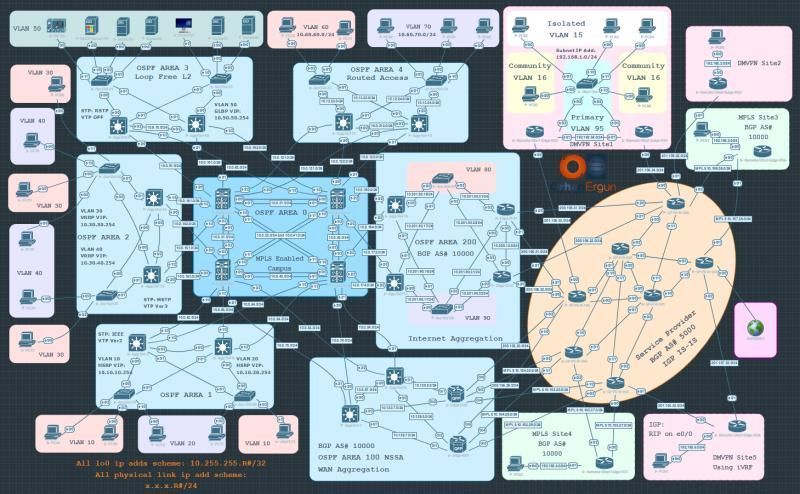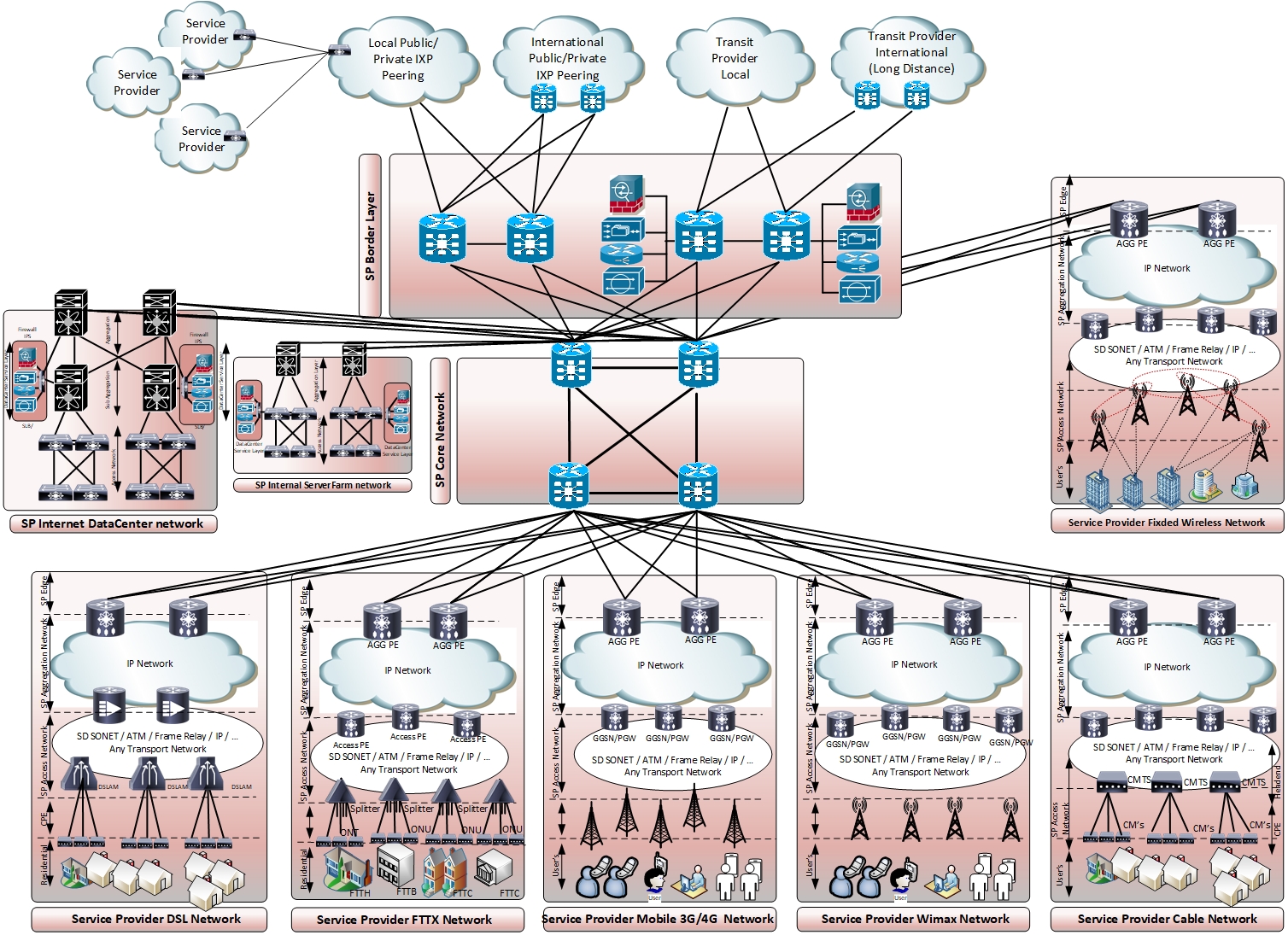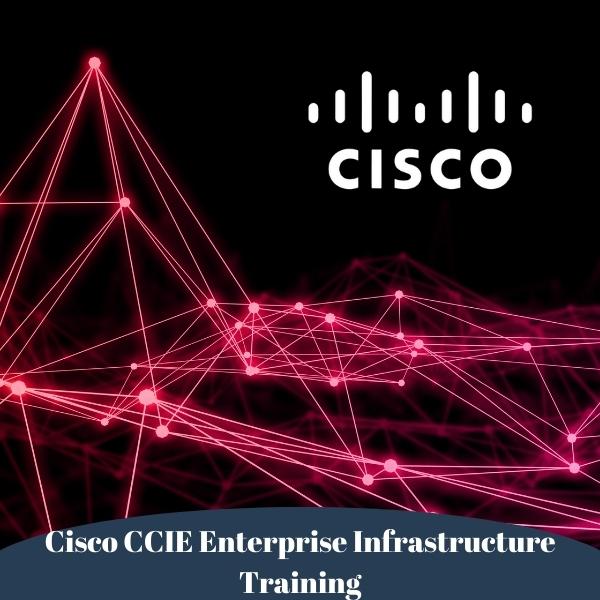Cisco CCIE Service Provider Training
Cisco's Technology Framework is explained in this Course

Course Overview
Course Topology
For this comprehensive course, you will receive multiple lab topologies, two of which are presented below. The number of tasks you will complete to master CCIE Service Provider is extensive. However, for the following topologies, you will work through the following tasks:
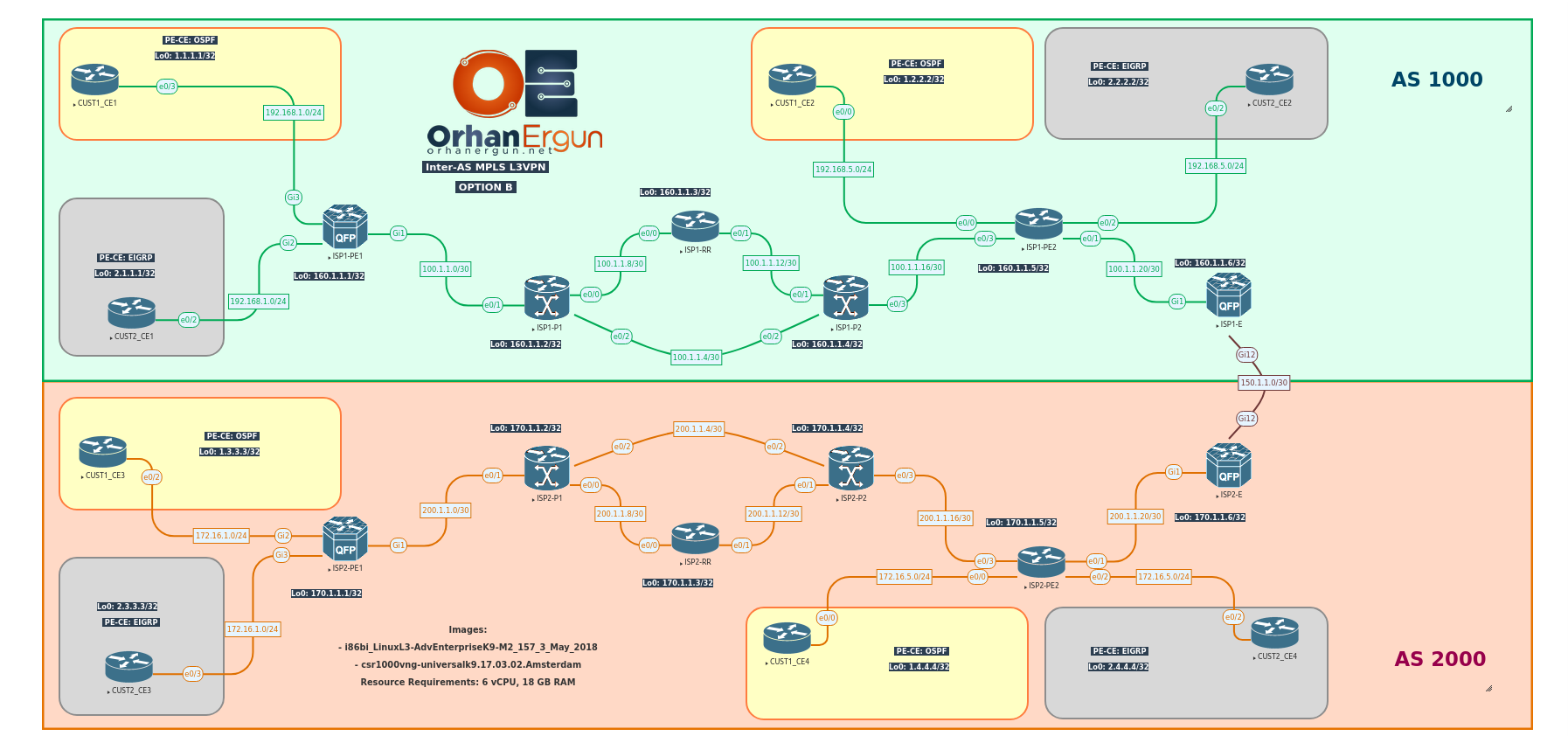
- Configure BGP in service provider network
- Provide MPLS L3VPN service to the customers
- Make sure that all customer sites have IP reachability (Use Option B)
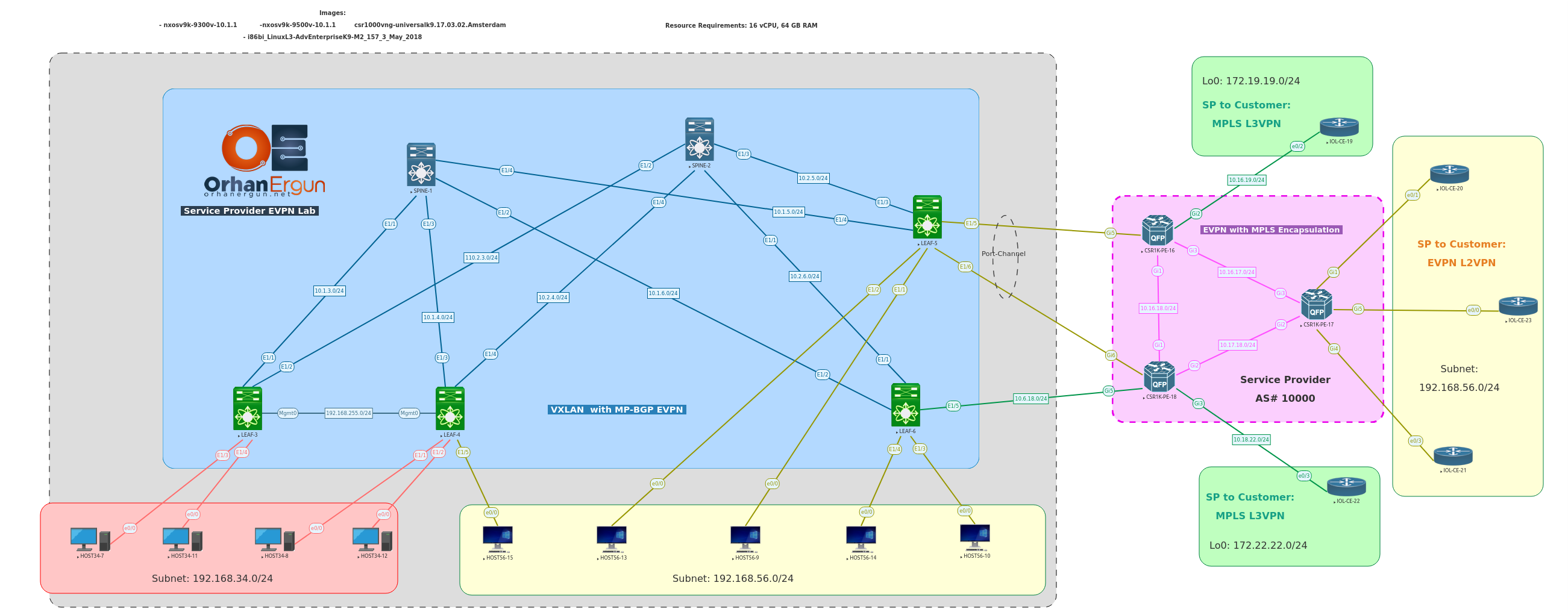
- Configure Spine and Leaf switches in the network.
- Adding BGP add L2VPN EVPN support
- Configure border leafs to connect to service provider network
- Configure EVPN support to the service provider network
The default username and password for images used in this
course is as follows, however you will hear new passwords during the course if
the instructor changes the credentials:
|
Image name |
Username |
Password |
|
IOL images |
No username |
No password |
|
CSR1000v |
Admin |
Admin |
|
C8000v |
Admin |
admin |
|
Windows Server |
Administrator |
Test123 |
|
IOS-XR |
Admin |
Enter new password |
Student Reviews
Subscribe to access all courses
Complete Technology learning path
Lab exercises with practical scenarios
Certification preparation materials
Related Courses
Tags
Become an Instructor
Share your knowledge and expertise. Join our community of instructors and help others learn.
Apply NowSubscribe for Exclusive Deals & Promotions
Stay informed about special discounts, limited-time offers, and promotional campaigns. Be the first to know when we launch new deals!


